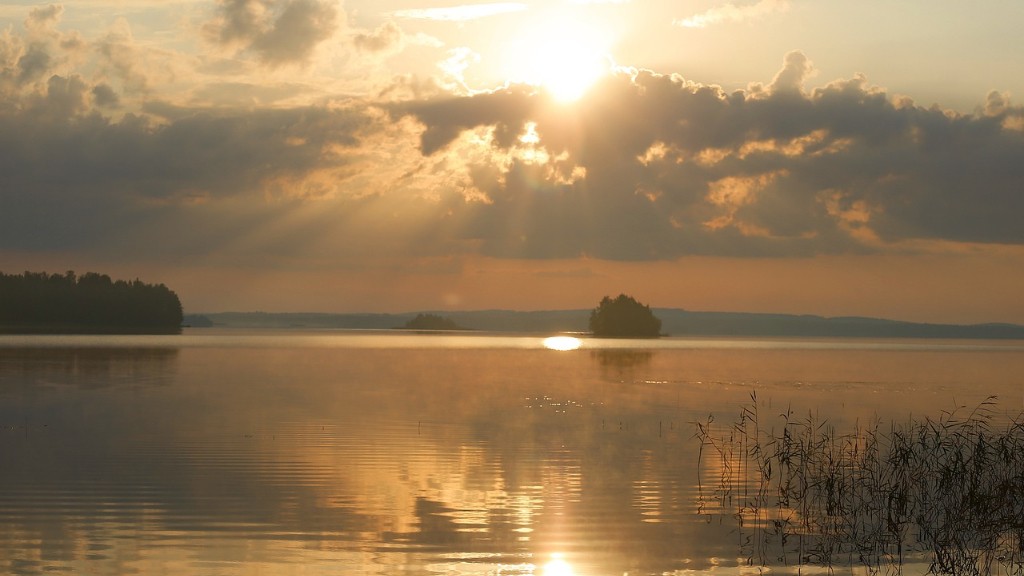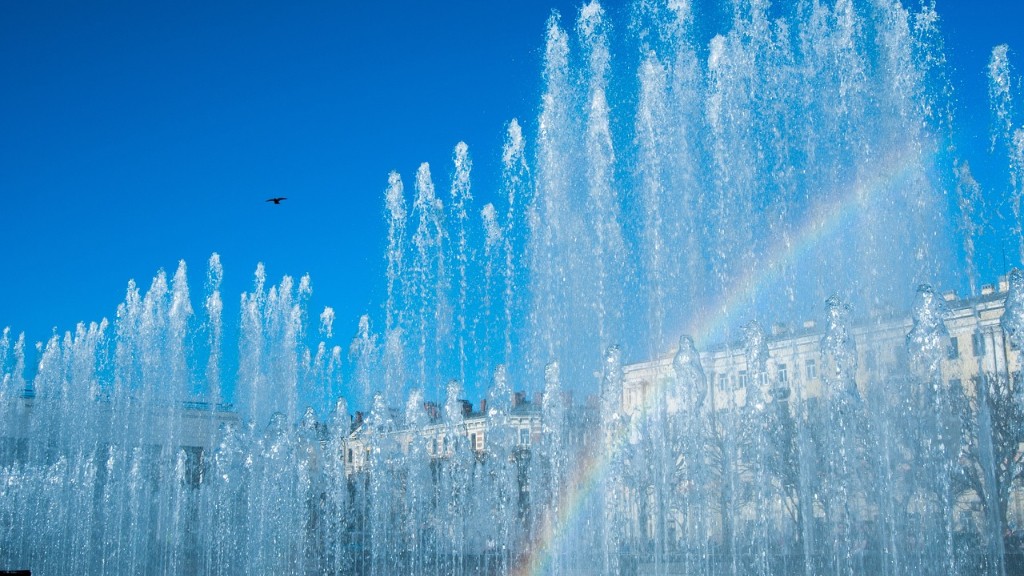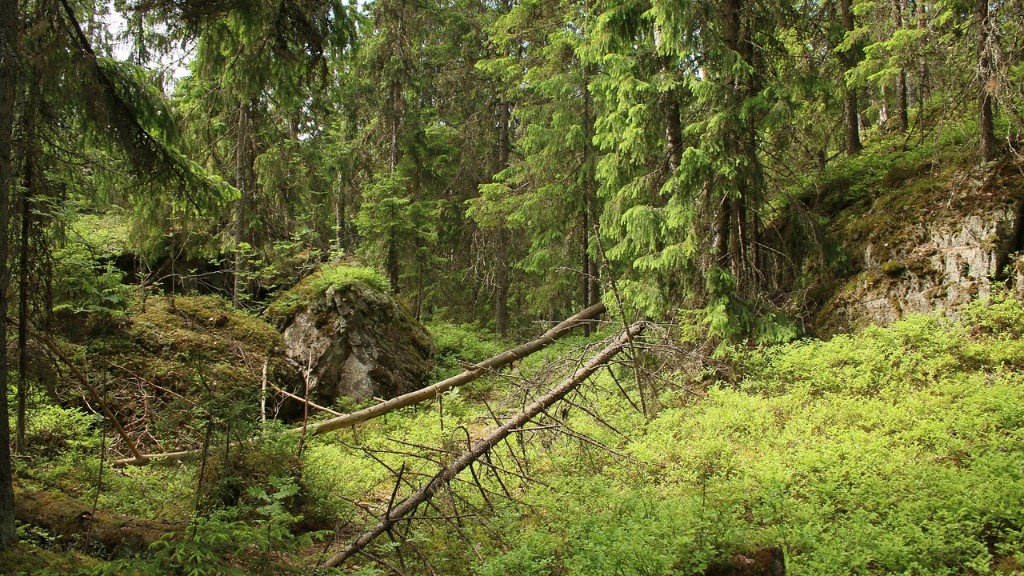Is Finland Slavic?
Introduction
Finland, located in Northern Europe, has a rich cultural heritage and an interesting linguistic history. Often grouped with its Nordic counterparts, Finland stands out due to its unique language, Finnish. However, some people wonder if Finland has any connection to the Slavic cultures that surround it. In this article, we will delve into this question and explore the background, data, and expert perspectives.
The Linguistic Background
Language plays a crucial role in understanding the cultural and historical affiliations of a country. Finnish is a member of the Uralic language family, specifically the Finnic group. This classification sets it apart from the Slavic languages, which belong to the Indo-European language family. The distinctions between Finnish and Slavic languages indicate that Finland itself is not Slavic.
Finnish is not mutually intelligible with Slavic tongues, such as Russian, Polish, or Czech. The phonetics, vocabulary, and grammar of Finnish differ significantly from those of the Slavic languages. For instance, Finnish has 15 cases utilized in noun declensions, while Slavic languages typically have just six or seven cases. These linguistic differences further confirm that Finland has a separate linguistic heritage from its Slavic neighbors.
Expert Perspectives
Experts in linguistics have investigated the question of Finland’s Slavic connections in detail. According to Dr. Anna Tuusa, a renowned linguist, “The Finnish language comes from the Uralic language family, demonstrating its non-Slavic origins. It shares more similarities with Estonian, which is also a Finnic language.” Dr. Tuusa’s expertise reinforces the notion that Finland and its language are not of Slavic descent.
In addition, Dr. Ivan Petrov, a respected Slavic studies specialist, concurs, stating, “The Slavic influence in Finland is minimal. Historical contacts and neighboring societies have certainly influenced Finland’s culture, but the linguistic roots of the country are firmly placed outside the Slavic sphere.”
Historical Contacts
While Finland is not Slavic itself, its geographical location has allowed for interactions with Slavic cultures throughout history. The eastern parts of Finland have a closer proximity to Russia, leading to cross-cultural influences. For example, during the Swedish rule of Finland, significant numbers of Russian-speaking immigrants settled in Finnish territories.
Additionally, the Grand Duchy of Finland, which existed under Russian rule from 1809 to 1917, experienced both Russian influence and pressure to assimilate into the Russian culture. However, these historical contacts and influences do not imply that Finland is Slavic, only that it has experienced exchanges and interactions with Slavic societies.
Modern Identity and Cultural Influences
Finland’s unique language and distinct historical background have contributed to its own national identity. While influenced by neighboring cultures, Finland maintains its autonomy and individuality. Finnish culture, known for its sauna traditions, saunas, and Nordic-inspired design, has its roots deeply embedded in the Finnic heritage.
Furthermore, Finland’s close association with other Nordic countries, such as Sweden and Norway, further cements its place within the Nordic sphere, distinct from the Slavic cultures. This collaboration and shared values among the Nordic countries have contributed to Finland’s distinctive character and its separation from Slavic influences.
Conclusion
Despite its geographical location and historical interactions with Slavic cultures, Finland is not Slavic. The linguistic roots, as well as expert perspectives, highlight the Finnish language’s divergence from the Slavic group. Finland has its own unique identity, rich in culture and history, rooted in its Finnic origin and Nordic affiliations.
Understanding Finland’s cultural background and linguistic heritage is crucial for appreciating its place in the global landscape. Finland’s non-Slavic status is a testament to the diversity found within Europe and the rich tapestry of languages and cultures that make up the continent.
Additional Insights
Geographical Significance
Finland’s location at the crossroads of Europe has made it a bridge between different cultures. Its position provides opportunities for cultural exchanges and influences from various neighboring regions.
Finnish Language Complexity
Finnish is known for its complexity, with its extensive cases and unique grammar structure. Understanding the intricacies of the Finnish language can deepen our appreciation of Finland’s rich linguistic heritage.
Nordic Collaboration
The collaborative efforts and shared values among Nordic countries have played a crucial role in shaping Finland’s modern identity. The Nordic influence strengthens Finland’s distance from Slavic cultures and reinforces its place within the Nordic community.
Visiting Finland
Exploring Finland’s rich culture and beautiful landscapes offers visitors a chance to experience a unique blend of Nordic and Finnic traditions. From lively festivals to breathtaking natural wonders, Finland has much to offer curious travelers.




